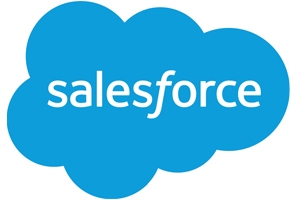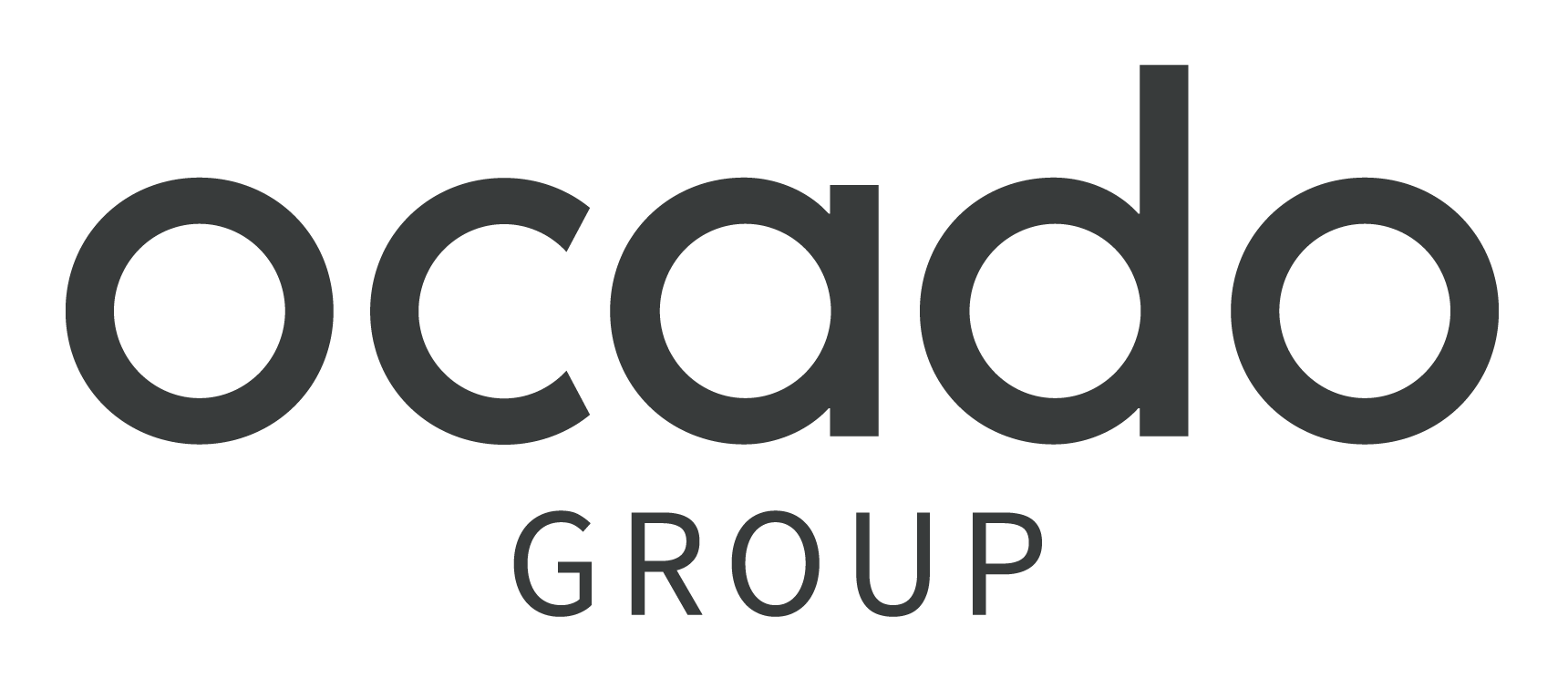
In conversation with Pradeep Singh, Reward Lead at Salesforce India

Implementing a global benefits strategy on a local level
“It was critical to have a single platform which would be able to communicate the Employee Value Proposition at an employee-level, throughout the whole user journey.”
Benefex strives to be a catalyst for change across wellbeing, diversity and community.''
Implementing a global benefits strategy on a local level
What made you decide to look for new benefits technology?
“At the moment in India, benefits are traditionally broken into subsections. You have one benefit which is supported by one system, and another separate benefit backed by another system. We needed one system which was able to cumulatively convey the overall Employee Value Proposition – we needed a ‘one stop shop’ for benefits.”
What were you looking for in a technology partner?
“When looking for a provider, it was very clear – we needed to consolidate everything onto one platform. Following on from that, we wanted employees to be able to look at their benefits and select them in the same system, rather than having to change programmes. From an organisational perspective, it was critical to have a single platform which would be able to communicate that value proposition at an employee level.”
And what have you been able to achieve with OneHub so far?
“It’s absolutely key to offer that choice and allow employees the option to select benefits which fit their lifestyle and circumstances, but to be able to do that, you need to have the right foundation technology. This is where the modularity of OneHub becomes invaluable. The beauty of flexible benefits is that based on your employee needs and trends, you can keep evolving your offering. We’ve definitely done that with OneHub.
''The beauty of flexible benefits is that based on your employee needs and trends, you can keep evolving your offering. We’ve definitely done that with OneHub.''
A global benefits framework, with local capabilities
Our overall objective when looking to launch a global platform was how we could have a global benefits framework which catered for all our employees, wherever they were – but still had the capabilities to provide a local nuance to what we deliver to employees in India. Technology plays a key role in that. Having disparate systems is a big roadblock in a holistic employee experience -avoiding that was our biggest priority.
A simple-to-complex model for employee benefits
Initially, we used the platform as a readonly educational, communication tool – to aggregate all our benefits information. Starting this way allowed us to present as much choice as possible, without making it overburdensome or confusing for the employee. “Then as we moved forward, we opened up the platform to become transactional. I’ve always said flex is a horizon; you look at it from a three-five year perspective when you launch, then keep moving forward.
A better employee experience
Not only did this result in less employee queries, it also improved the user journey later on when employees were selecting benefits. Employees started to gravitate towards this centralised system for all-things benefits. “The best part of OneHub is using it to present that truly personalised employee experience, where they feel like the focus.
A strong Employee Value Proposition
While we wanted to have the same framework and communicate in the same ways across all regions, we also wanted the ability to delve into how we could maximise the Employee Value Proposition (EVP) both globally and locally, and help employees understand what is available from a benefits perspective.”
Results
It’s safe to say that medical benefits in India can become extremely complicated – how did you take on that challenge?
“Absolutely. Due to the nature of employees adding dependents onto their medical benefits, they can become incredibly complex.
To an extent, certain benefits – like medical insurance – are typically at employee expense, or partially-funded by the company at a base level. But if you’re an organisation looking to differentiate yourself, or you’re a progressive organisation, you would typically look to introduce more flexibility when it comes to benefits. This may be adding more dependents or other options.
This flexibility means you’re likely to come up against two challenges:
1) The technology cannot support the complexity level of the benefit
2) How can we communicate this all to employees?
It was really important to us that we had a centralised system which was able to look after itself and self-serve in this way; we didn’t have capacity to manually do this work, but we wanted to offer flexibility and ensure employees had the information they needed. A system which could do all this itself was ideal.”
Customer Stories
Ready to connect your employee experience?



























